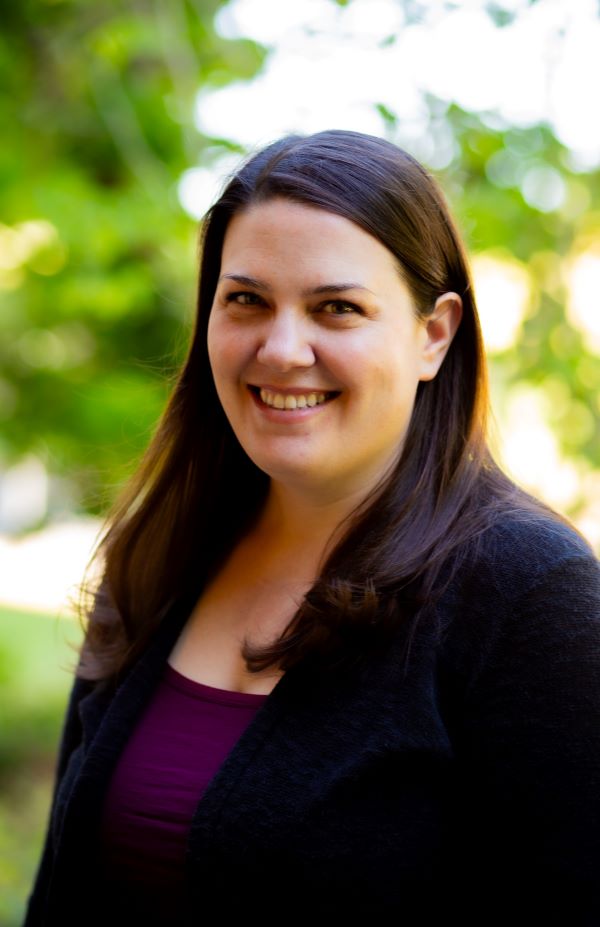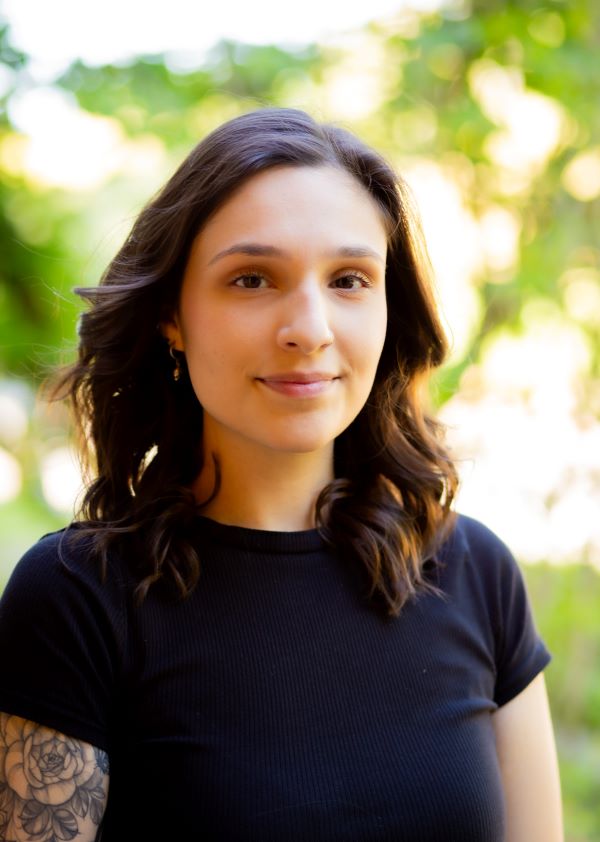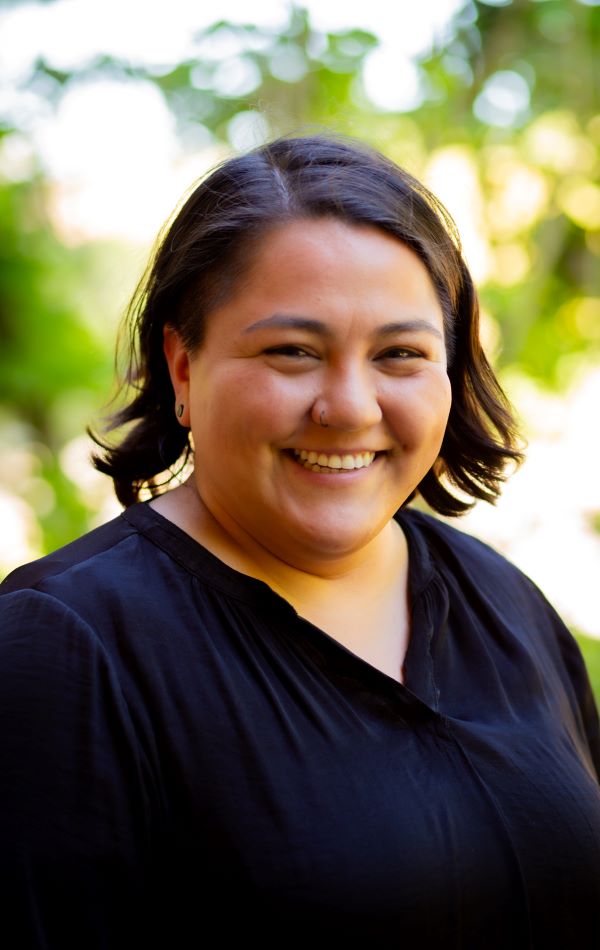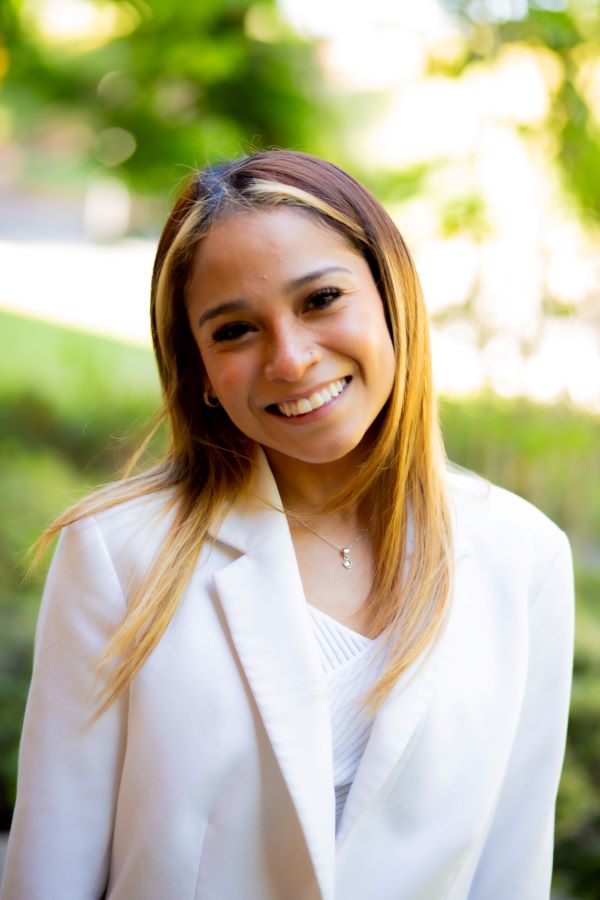Support Page Content
Achievements in the CSUS Stem Cell Program, 2024
About Our Stem Cell Graduate Research
Master's students in our Stem Cell Program perform cutting edge translational research in the field of regenerative medicine. The intention of this site is to provide a platform for our graduate students to describe their research to the greater community. In some cases, students chose instead to write editorials aimed at providing a general understanding of stem cell research. In all cases, students attempted to describe research in a way that would be consumable and informative — and possibly even entertaining —to all readers.
To protect the confidentiality of unpublished research currently underway at UC Davis, the specific names of genes, proteins, cells, and tissue types have often been replaced with aliases or referred to generically (e.g., "factor X" or "a specific peptide"), unless the information is already publicly available elsewhere.
If you have questions or comments, please contact the site editor: Dr. Kimberly Mulligan.
Previous Accomplishments
From Strength to Fragility: The Aging of Skeletal Stem Cells
Amber Maifeld
 Did you know your bones are constantly under construction? Remodeling is the term used to describe the construction zone happening within your bones. At first this may sound alarming, but remodeling is how our skeleton keeps our bones strong and healthy. Bone remodeling is just what it sounds like, old and worn-out bone is replaced with new bone1. As we age, bone remodeling can become imbalanced. Sometimes bone is broken down faster than it can be replaced—when this happens, it can cause a condition called osteoporosis2. With limited treatment options, and no cure for osteoporosis, researchers continue to investigate the underlying causes of bone aging.
Did you know your bones are constantly under construction? Remodeling is the term used to describe the construction zone happening within your bones. At first this may sound alarming, but remodeling is how our skeleton keeps our bones strong and healthy. Bone remodeling is just what it sounds like, old and worn-out bone is replaced with new bone1. As we age, bone remodeling can become imbalanced. Sometimes bone is broken down faster than it can be replaced—when this happens, it can cause a condition called osteoporosis2. With limited treatment options, and no cure for osteoporosis, researchers continue to investigate the underlying causes of bone aging.
Understanding the Basis of Genome Editing & Target Neurological Disorder
Anber Ansari
 There are a number of neurological disorders that are caused by DNA changes called mutations, including X-linked intellectual disability (XLID), Huntington's disease, and Angelman Syndrome. The mutations associated with these disorders have become a target for therapy development. Researchers have been experimenting with different biological tools to artificially edit DNA to fix the disease causing mutations. To create these biological tools, researchers have been utilizing human induced pluripotent stem cells (hiPSCs). hiPSCs are type of stem cell created by reprogramming an existing adult cell (like a skin cell) to form a “pluripotent” stem cell. Pluripotent stem cells can form almost any cell type of the human body, except sex cells like an egg or sperm cell (Petazzi et al., 2020). Since hiPSCs can change into any cell type, they have been utilized in a variety of ways in research, including for modelling diseases, personalized therapy plans, biological tool analysis, drug screening, and more (Petazzi et al., 2020). These reprogrammed cells have also opened up avenues for therapies and research centered on DNA targeting.
There are a number of neurological disorders that are caused by DNA changes called mutations, including X-linked intellectual disability (XLID), Huntington's disease, and Angelman Syndrome. The mutations associated with these disorders have become a target for therapy development. Researchers have been experimenting with different biological tools to artificially edit DNA to fix the disease causing mutations. To create these biological tools, researchers have been utilizing human induced pluripotent stem cells (hiPSCs). hiPSCs are type of stem cell created by reprogramming an existing adult cell (like a skin cell) to form a “pluripotent” stem cell. Pluripotent stem cells can form almost any cell type of the human body, except sex cells like an egg or sperm cell (Petazzi et al., 2020). Since hiPSCs can change into any cell type, they have been utilized in a variety of ways in research, including for modelling diseases, personalized therapy plans, biological tool analysis, drug screening, and more (Petazzi et al., 2020). These reprogrammed cells have also opened up avenues for therapies and research centered on DNA targeting.
Engineering of Vascular Grafts & Improving Vascular Disease Treatments
Chinarose Carlos
 Ever wonder why your fingertips turn purple in the cold? That's because blood flow is lacking in that area! Blood is important for delivering oxygen and nutrients to all the body's organs and tissues (Muniswami et al., 2020). The complex network of blood vessels that comprise the circulatory system can be compared to a highway (Fig 1). Veins, arteries, and capillaries are the roads of this system. Blood and nutrients are delivered to cells like cars dropping off a package. Thanks to your circulatory system, blood circulates throughout the body. Maintaining healthy blood flow ensures that tissues and organs receive the necessary supplies to function (Rudnicka-Drożak et al., 2022).
Ever wonder why your fingertips turn purple in the cold? That's because blood flow is lacking in that area! Blood is important for delivering oxygen and nutrients to all the body's organs and tissues (Muniswami et al., 2020). The complex network of blood vessels that comprise the circulatory system can be compared to a highway (Fig 1). Veins, arteries, and capillaries are the roads of this system. Blood and nutrients are delivered to cells like cars dropping off a package. Thanks to your circulatory system, blood circulates throughout the body. Maintaining healthy blood flow ensures that tissues and organs receive the necessary supplies to function (Rudnicka-Drożak et al., 2022).
Recharging Our Batteries
Cynthia Recendez
 Have you ever seen the movie, “The Matrix?” If so, you might remember that the plot involves machines imprisoning humans in electricity harvesting farms, while making them believe they are living a regular life, when in fact, they are in a simulation of real life. They are each being harvested for energy in a human farm, connected to wires that are sucking out their natural electrical energy. Although a movie, humans actually do have natural electrical energy and it is used for most cellular functions in the body, including for wound healing. Rather than imprisoning humans to suck out their energy, scientists are wondering if there is a way to create energy to administer to humans to perhaps enhance the wound healing process. So, IS there a way to use energy to help people with chronic wounds or severe wounds heal faster? Electric Field (EF) Stimulation/Therapy says yes, there is.
Have you ever seen the movie, “The Matrix?” If so, you might remember that the plot involves machines imprisoning humans in electricity harvesting farms, while making them believe they are living a regular life, when in fact, they are in a simulation of real life. They are each being harvested for energy in a human farm, connected to wires that are sucking out their natural electrical energy. Although a movie, humans actually do have natural electrical energy and it is used for most cellular functions in the body, including for wound healing. Rather than imprisoning humans to suck out their energy, scientists are wondering if there is a way to create energy to administer to humans to perhaps enhance the wound healing process. So, IS there a way to use energy to help people with chronic wounds or severe wounds heal faster? Electric Field (EF) Stimulation/Therapy says yes, there is.
How We Can Kiss Weak Bones Goodbye
Fatima Miranda Chavez
 Picture a bridge over a river that connects two sides of a city. When the bridge was first built, the bridge was strong and sturdy, able to support heavy loads and different weather conditions. However, as years and years pass by, that bridge is constantly run by traffic, exposed to different weather and other factors that day by day take its toll on the bridge and its structure. The bridge will eventually show its scars of wear and signs of deterioration. There will be cracks in the concrete road, the rusting of its metal foundations, and the weakening of the deck; all of these characteristics compromise the bridge’s overall integrity and further the bridge’s risk of collapsing.
Picture a bridge over a river that connects two sides of a city. When the bridge was first built, the bridge was strong and sturdy, able to support heavy loads and different weather conditions. However, as years and years pass by, that bridge is constantly run by traffic, exposed to different weather and other factors that day by day take its toll on the bridge and its structure. The bridge will eventually show its scars of wear and signs of deterioration. There will be cracks in the concrete road, the rusting of its metal foundations, and the weakening of the deck; all of these characteristics compromise the bridge’s overall integrity and further the bridge’s risk of collapsing.
How Stem Cells Could Conduct Our Hearts’ Future
Kaitlin Van Brusselen
 Have you ever found yourself captivated by the beautiful music of an orchestra and wondered, “Who is that individual gracefully waving a baton at the front of the stage?” That’s the conductor! The conductor sets the pace and rhythm of the orchestra and works to create a beautiful harmony through a coordinated performance. As the conductor waves their baton through the air, the musicians watch carefully to make sure they remain in sync with one another. Without the conductor, the musicians could easily get lost and fall off beat [1]. Just as the conductor sets the tempo and rhythm of their orchestra, the human heart has its own conductor that sets the rhythm of our entire cardiovascular system —the pacemaker.
Have you ever found yourself captivated by the beautiful music of an orchestra and wondered, “Who is that individual gracefully waving a baton at the front of the stage?” That’s the conductor! The conductor sets the pace and rhythm of the orchestra and works to create a beautiful harmony through a coordinated performance. As the conductor waves their baton through the air, the musicians watch carefully to make sure they remain in sync with one another. Without the conductor, the musicians could easily get lost and fall off beat [1]. Just as the conductor sets the tempo and rhythm of their orchestra, the human heart has its own conductor that sets the rhythm of our entire cardiovascular system —the pacemaker.
Unlocking FD/MAS
Ruth Hernandez
 What is FD/MAS? Fibrous Dysplasia (FD) is a rare bone disorder that typically manifests itself during early childhood resulting in abnormal bone growth1. FD is caused by mutations in the GNAS gene, leading to overactive signaling in bone cells2. FD can occur by itself or alongside McCune-Albright syndrome (MAS), which includes skin spots and hormone imbalances2. There is an urgent need to come up with potential treatments for this disease that will reduce lesion expansion and disease progression.
What is FD/MAS? Fibrous Dysplasia (FD) is a rare bone disorder that typically manifests itself during early childhood resulting in abnormal bone growth1. FD is caused by mutations in the GNAS gene, leading to overactive signaling in bone cells2. FD can occur by itself or alongside McCune-Albright syndrome (MAS), which includes skin spots and hormone imbalances2. There is an urgent need to come up with potential treatments for this disease that will reduce lesion expansion and disease progression.
Stem Cell Skin Regeneration: From Vanity to Vitality
Samiha Chohan
 You may have heard of stem cells being mentioned in the beauty industry as a promising avenue for skin care to prevent aging or eliminate fine lines, including exciting new facial treatments, stem cell serums, and even injections, all being sold at a high price as cure-all, magical fountains of youth.
You may have heard of stem cells being mentioned in the beauty industry as a promising avenue for skin care to prevent aging or eliminate fine lines, including exciting new facial treatments, stem cell serums, and even injections, all being sold at a high price as cure-all, magical fountains of youth.